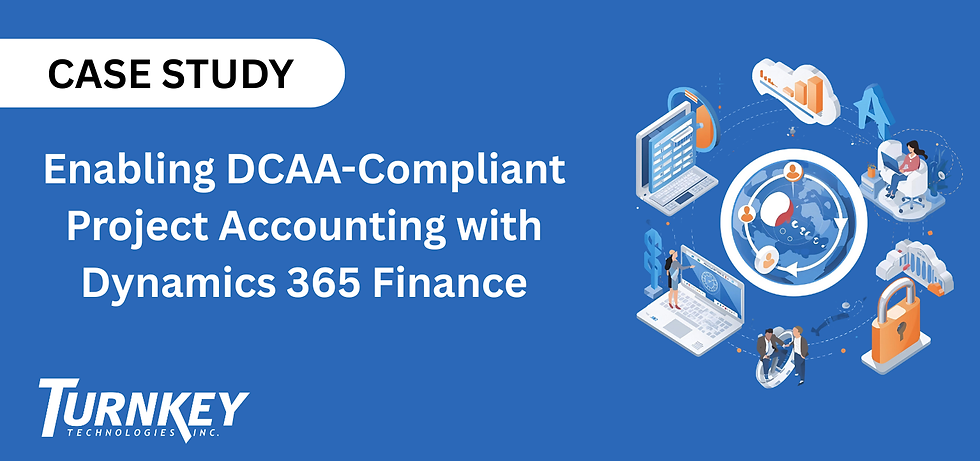Case Study: Medical Provider Portal for Large Medical Services Group in New York/New Jersey
- Matt Pearson

- Jul 7, 2023
- 3 min read
Updated: Jul 3

Project Background and Description for Large Medical Services Group
After supporting their CRM implementation, our team was asked to advise the Large Medical Services Group client on portal strategy and how portal functionality can be used to deflect provider support phone calls by encouraging self-service and operational efficiency.
A derivative of the initiative was to achieve better self-administration of contact, account and address information and relationship status.
Providers were already in their domain and were accustomed to being given access to web-accessible solutions.
We selected Microsoft Dynamics 365 with the Power Apps Portal framework, which makes services available on a consumption bases vs. a fixed license fee for each user.
We designed a portal with pages to match the needs for an entry level self-service habitat, fully branded to their requirements.
Beyond the technical deployment, we assisted on content, UI/UX, messaging for invitations, security, and onboarding.
Operational Factors
We assigned a PM and a full delivery team.
Our practice director had the most experience with portals in the healthcare space and acted as solution architect.
The solution design was based on a set of requirements we elicited using our functional lead.
From an accepted design, we estimated the budget for execution and with approval assigned an execution team to include: a tech lead, a portal configuration specialist/developer, a data management resource, and a creative designer.
Of course, we have separate QA resources, and our functional lead managed the user acceptance process.
After design acceptance, the work was done in three 3-week Agile sprints, and there was some additional pre-launch knowledge transfer and design tweaking that extended to project a little.
We helped them invite the user community into the portal and built a simple dashboard to demonstrate adoption and show utilization.
Challenges to Overcome
The client’s provider and practice data needed additional cleansing and normalization at the source—the Dynamics CRM database.
This is because they used a custom entity for providers, and we needed to move them to contacts; and the portal was intended to show practice and provider organizational hierarchy to the administrative users of the intended audience.
This way one portal user designated as practice-admin could manage see and manage many other providers and practices in their medical group.
This took some time to modify the native database ERD that preceded our involvement.
What we would do differently? We internationally allowed some wiggle room in design and the project was protracted a bit more than we desired.
Our sole sponsor was IT, and we prefer to be more involved with the business.
Outcome
The project was a smashing success and set the stage for a portal strategy for better operational efficiencies, improved support and better communications between the medical network and the clinical staff that makes it all work.
Having established a basis for success, the client became familiar with portal SDLC and administration and can manage a roadmap for the portal as an asset, allowing for continuous improvements.
They are now ready to work on a patient portal!
Business Benefits:
Better Operational Efficiencies, Improved Support, Better Communications
____
About Turnkey
Since 1994, Turnkey Technologies has delivered real business process modernization, improvement, and Return on Investment (ROI) to hundreds of businesses from Small-Medium (SMB) to Enterprise.
Our experienced team brings deep technical and functional expertise across numerous industries with an emphasis on Defense Manufacturing, Medical Device Manufacturing, Project Services, and more. Valet service and an extraordinary customer experience are the hallmarks of our mission, and we stand ready to deliver the real improvements that our customers need to compete in the 21st century.





